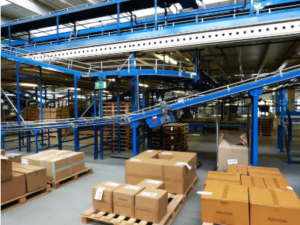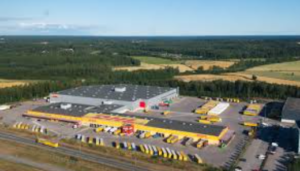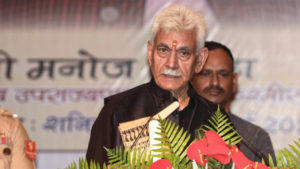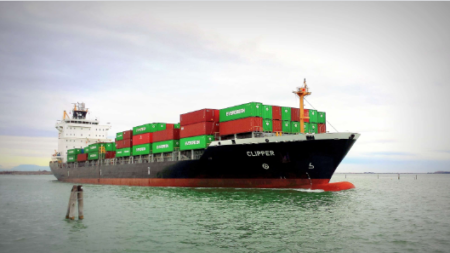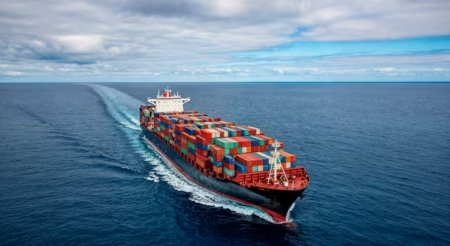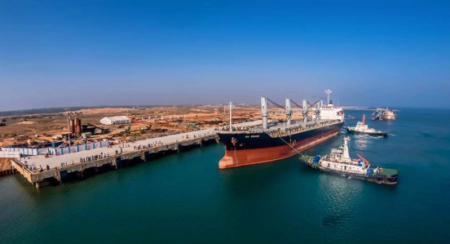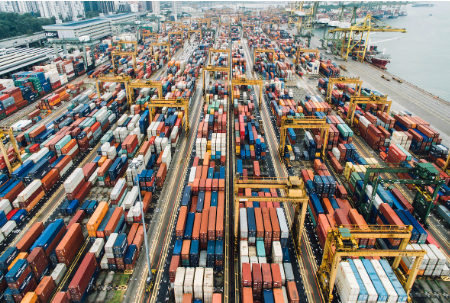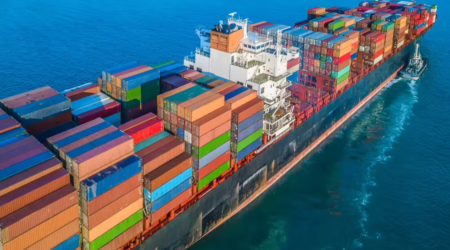Railways hit a major freight milestone: shifting bulk cargo to rail offers greener, cost-efficient logistics
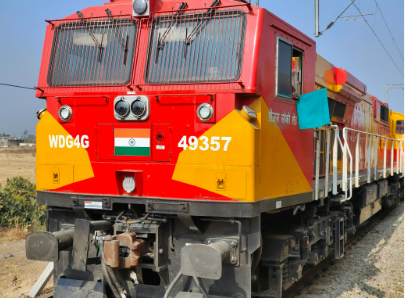
With cumulative loading this year surpassing one billion tonnes, reaching 1020 million tonnes (MT) as of November 19, Indian Railways’ freight performance continues to bolster India’s economic foundation.
This milestone reflects broad-based support from key sectors: coal remains the largest contributor at 505 MT, followed by iron ore (115 MT), cement (92 MT), container traffic (59 MT), pig iron & finished steel (47 MT), fertilisers (42 MT), mineral oil (32 MT), foodgrains (30 MT), raw materials for steel plants (approx. 20 MT), and balance-other-goods (74 MT). Daily loading is still strong at about 4.4 MT, up from 4.2 MT the previous year, indicating increased operational effectiveness and consistent demand.
This upward trend is further demonstrated by the fact that freight loading between April and October reached 935.1 MT in 2025 as opposed to 906.9 MT during the same period the previous year, indicating a strong year-over-year increase. The railways’ ability to support India’s industrial growth and infrastructure development is demonstrated by this steady momentum and higher daily loading rates.
Acknowledging the vital role cement plays in the development of India’s infrastructure, Railways has made major efforts to maximise the logistical capacities of this sector. A strategic move to modernise cement transportation is shown by the recent implementation of extensive changes, such as the Policy for Bulk Cement Terminals and rationalised pricing for bulk cement transfer in containers. In addition to directly benefiting industry participants and end users, these actions seek to improve supply chain efficiency by increasing bulk handling capacity, cutting transit times, and lowering logistics costs. Sectoral transformation is sparked by such focused actions.
Moving big products by rail has several advantages that go beyond simple financial gains. It minimises carbon footprints, decongests highways, and enables enterprises, including MSMEs, access to greener logistics solutions. By coordinating freight operations with the country’s path towards Net Zero Carbon Emission targets and establishing railways as a catalyst for both economic and environmental advancement, these advancements strengthen India’s commitment to sustainable growth.
SOURCE – PIB

